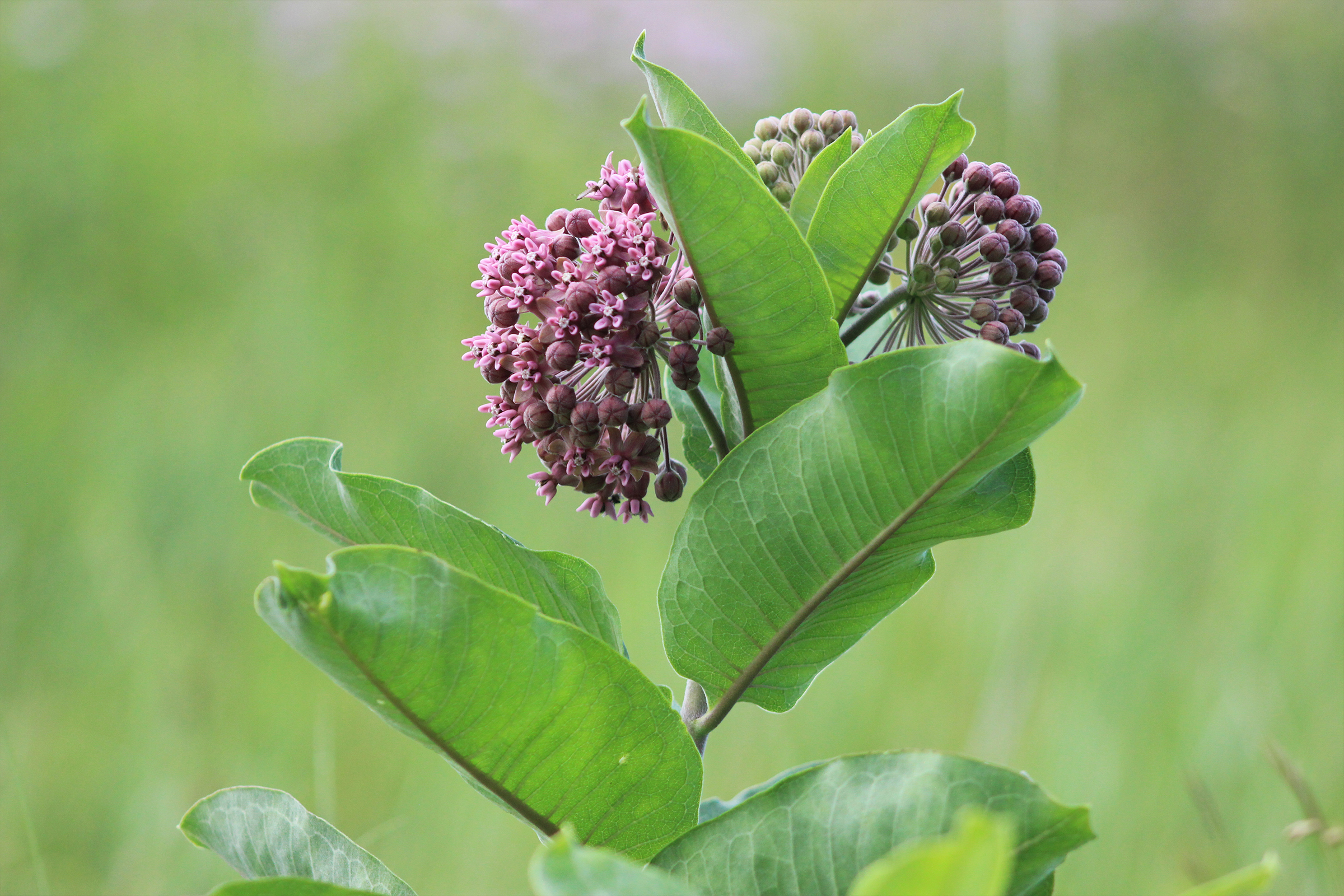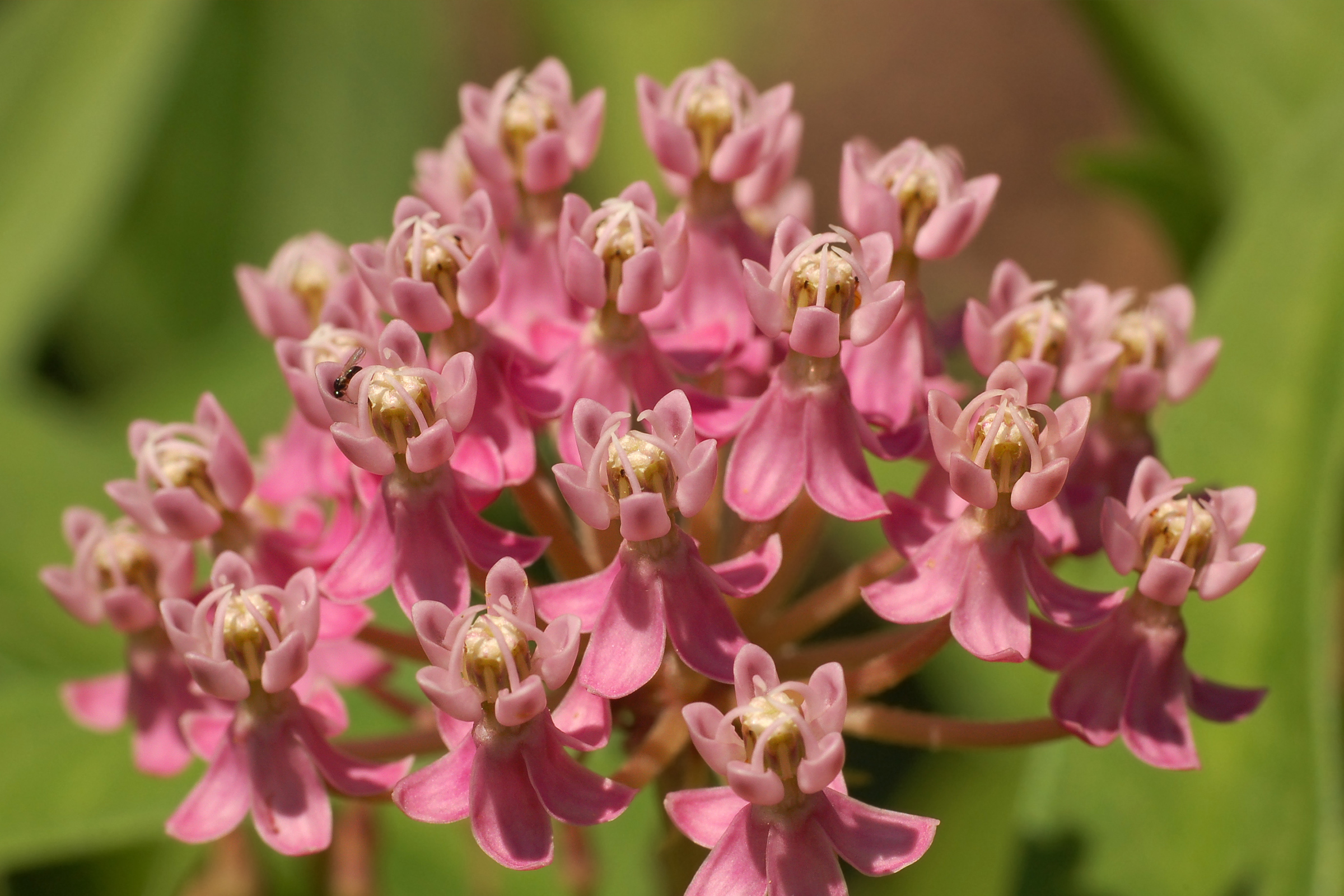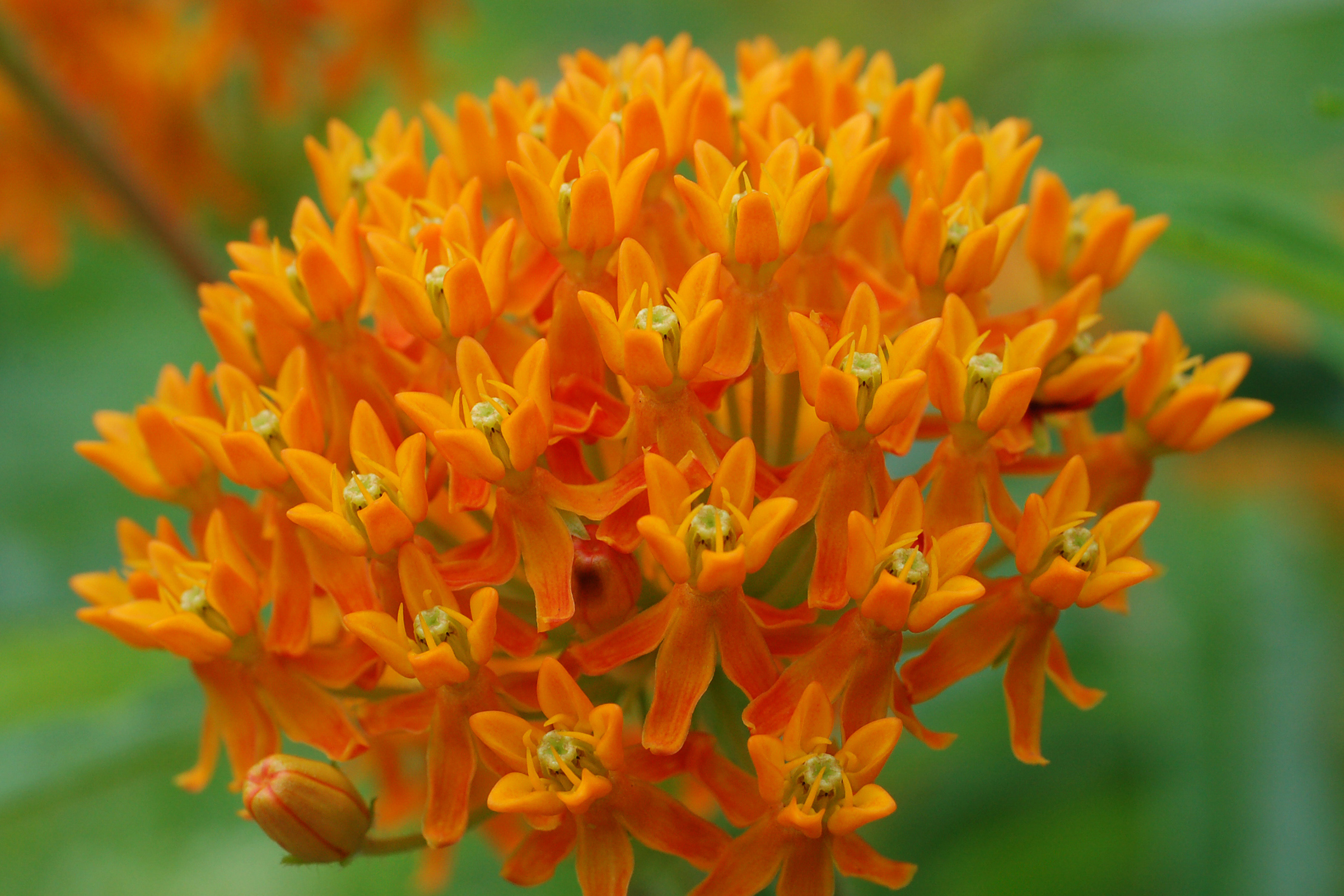Blog

Ask Dr. Phipps: Growing Milkweed
Have a question about your perennials, houseplants or turf grass? Worried about pests in the garden, hydrangeas that won't bloom, or tomatoes that died on the vine? Dr. Phipps can help! Ask Dr. Phipps is a free service provided by Phipps Master Gardeners. Contact us with your questions and you may be featured in an upcoming blog post!
Q: Do you have any tips on growing milkweed? I live in the South hills of Pittsburgh. Every other weed loves my property!
A: Thank you so much for contacting Dr. Phipps. Your interest in milkweed plants indicate that you have a concern for the pollinators in our environment. As you may know, milkweed (Asclepias) is a host plant for the monarch butterfly (Danaus plexippus) caterpillar. In addition, milkweed hosts a number of other insect species, including true bugs, beetles and aphids, all specific to milkweed! There are eleven different milkweeds that are native to Pennsylvania. Additionally, some southern species will grow in this area and will host the monarch caterpillars. Be sure NOT to plant non-native milkweeds, like tropical milkweed (Asclepias curassavica). Monarchs can’t develop on it but it is sometimes planted as an annual in non-tropical areas. The three most recognizable milkweeds in this area are the common milkweed (Asclepias syriaca), swamp milkweed (Asclepias incarnata) and butterfly weed (Asclepias tuberosa).

Select the best site for the plants that you wish to grow. All three of these Asclepias will prefer full sun, but slightly different soil types. Butterfly weed does well in dry conditions, common milkweed prefers average garden soil and swamp milkweed will do best in moist soil. Butterfly weed is the shortest of the three common Asclepias and has beautiful, distinctive orange flowers. Common and swamp milkweed are taller (about 5 feet tall) and bloom with pinkish white (syriaca) to rosy pink (incarnata) flowers. The common milkweed is the one most people recognize when it goes to seed, since the seed pods are distinctive and the seeds themselves have flossy white hairs which help with dispersal. Milkweed plants are perennials which means, once established, they will return from year to year, as long as they are in their preferred growing condition.

Butterfly weed is a common plant that you can find in almost any nursery. You can purchase pots of this and transplant it to your garden. Common milkweed and swamp milkweed can be grown by seed in a couple of different ways. You can grow milkweed from milkweed seed bombs (milkweed seeds embedded in a ball of clay and compost) and by planting seed in containers and then transplanting once the plants are a few inches high. The container method is nice, as you can keep track of where you’ve planted the seeds in order to water them until they germinate. Once they are in the ground, they are on their own! They should return year after year without much intervention. Here is more information on growing milkweed.

Purchase Seeds
Garden Certifications

